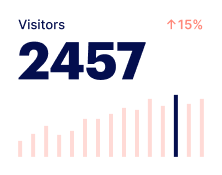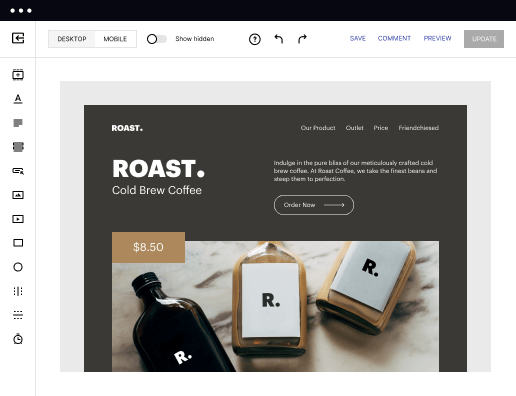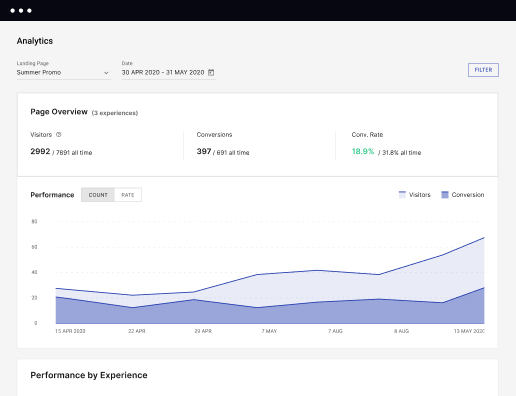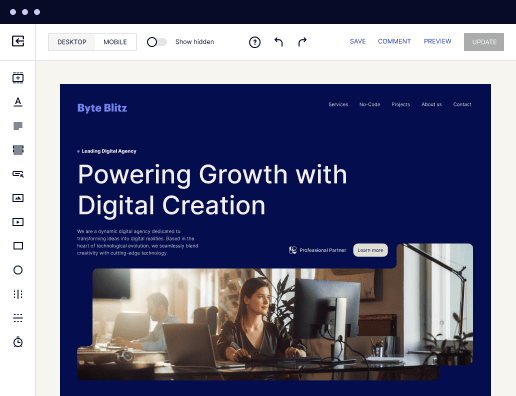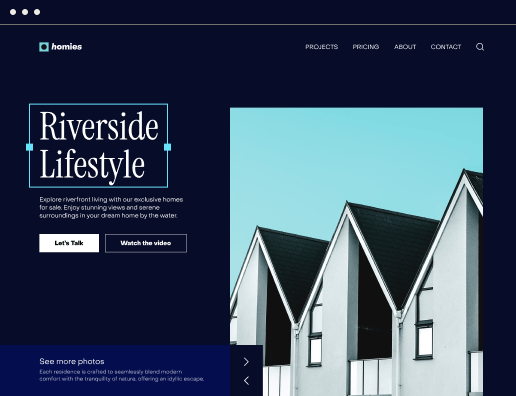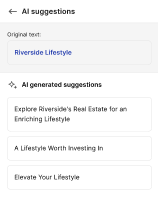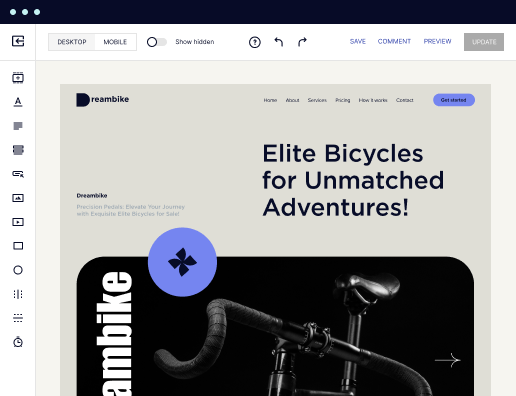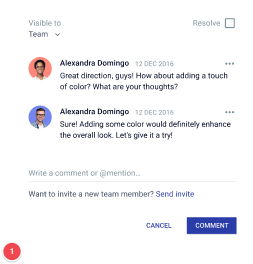Optimize your landing pages with Python form generator
Use cutting-edge technology to build smarter, more effective forms. Our Python form builder simplifies creation and maximizes conversions.
Python web form builder: Your ultimate how-to guide
Are you looking to streamline your online forms and boost conversion rates? Instapage's Python form builder is the perfect tool for marketers seeking ease and efficiency. This guide will walk you through the steps to get started with this powerful form creation tool, designed to deliver personalized experiences for your audience.
Steps to create your first form using the Python form builder
- Get a free Instapage account and sign up for a free 14-day trial.
- Configure your account and provide your company details.
- When in your account, click Assets -> Forms -> Create Form.
- Create your form from scratch and customize it to your needs.
- Choose various fields from the ADD FIELD menu from the left bar: add text, email, dropdown, radio buttons, etc.
- Use FORM Settings and FORM Style menus from the right to set up and customize your form.
- Click SAVE to retain your changes or select CLOSE to discard your edits without saving.
Once you've completed these steps, you'll have a fully functional form tailored to meet your marketing goals. Start using Instapage's Python form builder today and watch your conversion rates soar!
Get more out of Form builder python feature
Improve your Quality Score with quick load technology for landing pages
Increase conversions with content that aligns with your ads and audiences
Achieve maximum ROI by scaling your marketing initiatives
Leading the way in building high-performing landing pages





Frequently Asked Questions
How to Python form builder
Ready to skyrocket conversions?
Supercharge your ad campaigns with high-performing landing pages.
Get started
